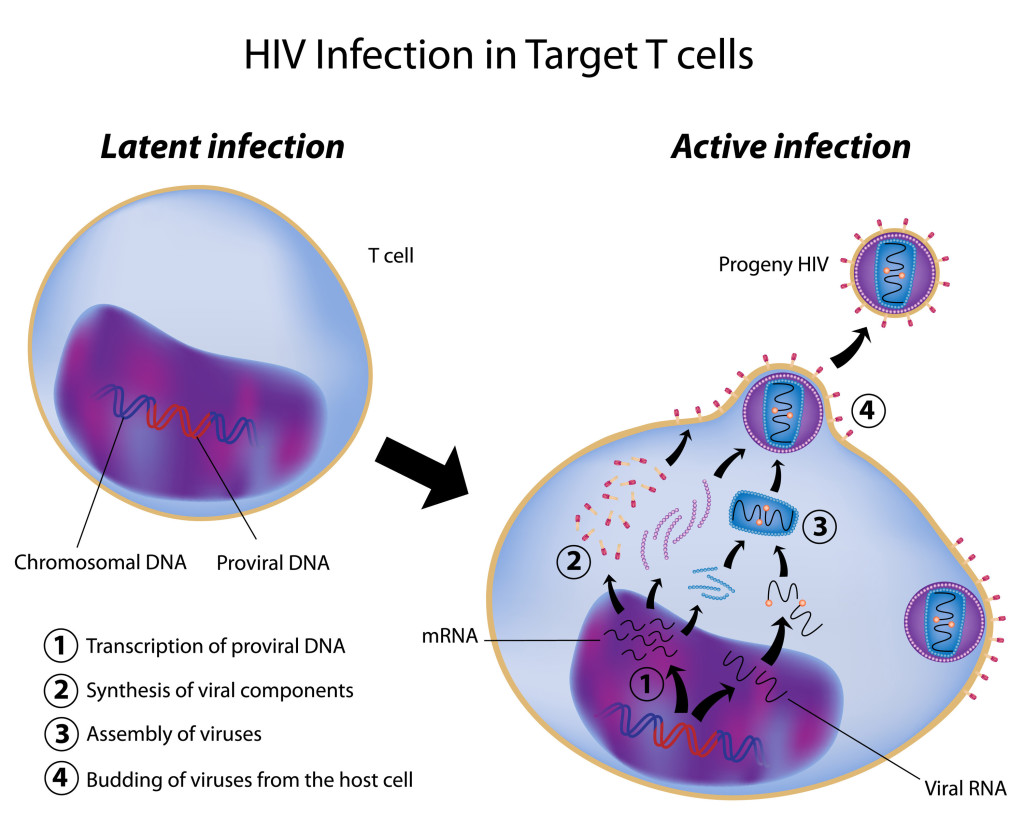AIDS is a brilliant example of immunodeficiency disease. It results from some corruption in the immune system of our body.
However, the main strong point of AIDS, its main distinguishing feature is that it is unpredictable. It can activate now, or later, or never. There are people who have died two months after contracting it. There are people who have been living with AIDS for a decade, or so. One thing we know for sure — AIDS is lethal.
In this article, we will discuss about:
AIDS
AIDS is also known as Acquired Immuno Deficiency Syndrome. We can break it down as follows:
- Acquired: obtained i.e. something that is not natural and has happened due to some external factor.
- Immuno Deficiency: Considerable decrease in the ability of your body to fight disease or decrease in the immunity of your body due to something. That “something” in this case is a Virus specifically HIV virus.
- Syndrome: Disease.
Therefore, AIDS can be summed up as the unnatural decrease in the ability of your body to fight diseases. Let’s say a highly praised artist suddenly starts forgetting how to paint. Unnatural isn’t it?
HIV
AIDS is caused by a retrovirus known as Human Immunodeficiency Virus. It has RNA instead of DNA. This virus like all other viruses is just another particle in the surroundings, but once it enters our body, it progressively becomes active and multiplies. To do so, it requires the help of a white blood cell or a leucocyte.
One of the distinguishing features of this virus is that it doesn’t activate as soon as it enters the body. It may or may not remain static. Hence, an HIV-positive person may not always have AIDS.
How does HIV virus infect the host cell?

HIV, when looked through a microscope looks like a very fuzzy ball. This ball or the virus lands itself on the WBC and enters into it. It goes directly to the nuclei and begins manufacturing viral RNA which is then integrated into the original DNA.
The most common WBCs are T4 lymphocytes or CD4 cells. It also infects monocytes, macrophages, and microglial cells of the CNS.
Think of the nucleus as a kitchen, and the DNA as the book of recipes. These recipes enable the nucleus to produce a variety of enzymes and perform a number of functions essential to the human body.
What this virus does is alter the recipe book so that instead of producing the enzymes and performing functions, it now produces more HIV viruses.

The provirus DNA, when activated, starts producing virus until it bursts due to the sheer number of viruses inside it, hence leading to two things:
1) Destruction of the cell and;
2) a Large number of newly produced HIV viruses which repeat the process all over again and thus spreading infection.
Why is it lethal?
Due to disruption in the original function of WBCs (protecting the body) and their eventual elimination, the disease resisting capacity of the body goes down and the body becomes vulnerable to more and more diseases.
The patient, due to low immunity, quickly acquires various diseases like pneumonia, tuberculosis, cholera, malaria, Kaposi’s Sarcoma, etc, which heals extremely slowly since the body is unable to fight back and eventually dies due to these diseases.
Therefore, the HIV virus indirectly makes the human body susceptible to hundreds of other opportunistic diseases, which later leads to the death of the human body.

Very well presented. Easily understandable 🙂